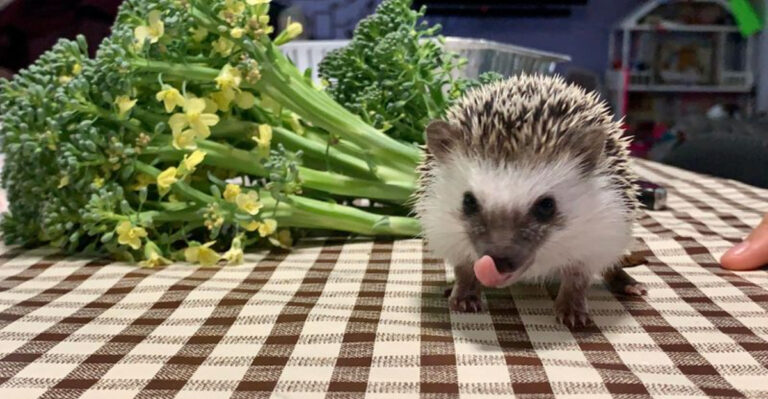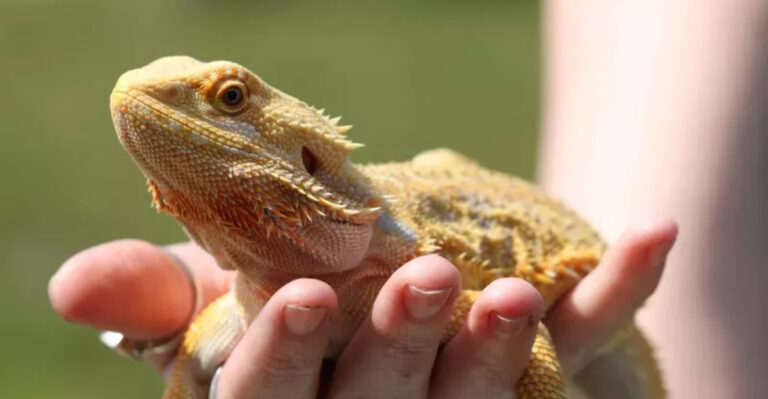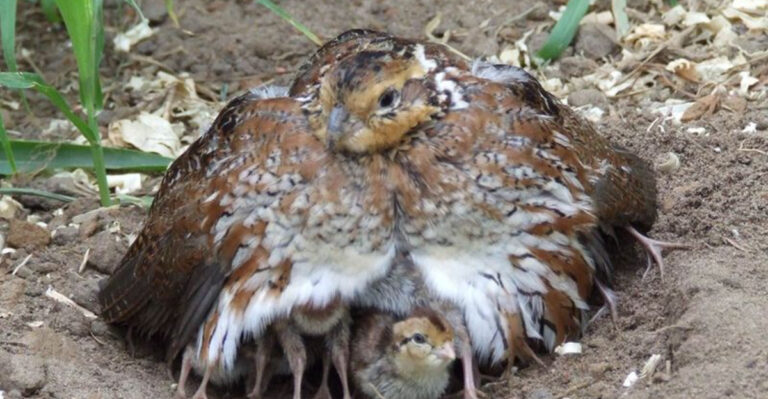What Do Sugar Gliders Eat? 23 Foods They Love

Ever wondered what fuels those adorable night-time acrobatics? These pocket-sized marsupials have quite the varied menu in the wild.
Understanding what sugar gliders eat is crucial for keeping these exotic pets healthy and happy. Let’s explore the delicious world of sugar glider nutrition with these 23 foods that make their taste buds dance!
1. Nectar Treats
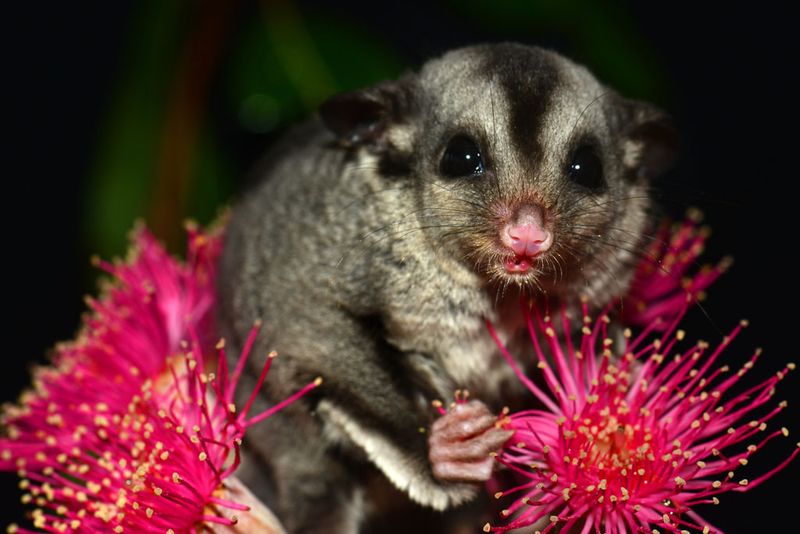
Sweet, sticky goodness drives sugar gliders wild! In their natural Australian habitat, these tiny marsupials lap up flower nectar with specialized tongues designed for the task.
Commercial nectar substitutes make excellent dietary staples for pet gliders, providing essential sugars and hydration. Mix with water according to package directions for a nutritious treat.
2. Protein-Packed Mealworms
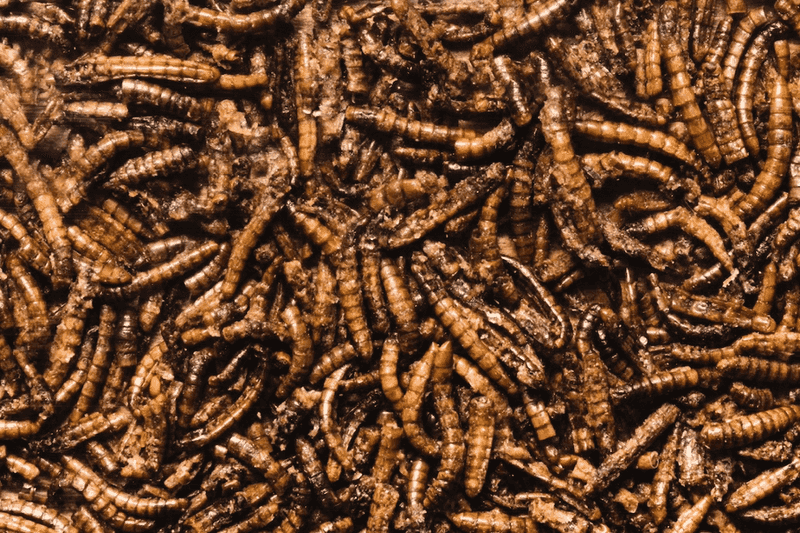
Wriggly, protein-packed mealworms make sugar gliders practically bounce with excitement! These larvae offer essential amino acids that support muscle development and overall health.
Feed them live or dried—both forms provide excellent nutrition. Limit to 2-3 mealworms per feeding session to prevent overindulgence, as these treats should complement rather than dominate their diet.
3. Fresh Apples
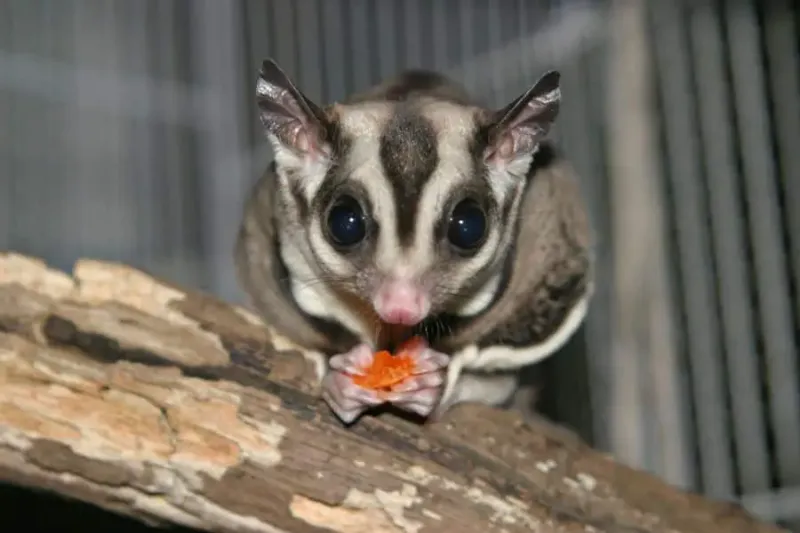
Crisp apple chunks rank among sugar gliders’ favorite treats. The natural sweetness satisfies their sweet tooth while providing healthy fiber and hydration.
Always remove seeds and cores before serving, as apple seeds contain trace amounts of cyanide compounds. Slice into tiny, glider-sized pieces about the size of your fingernail to prevent choking and make handling easier for their tiny paws.
4. Nutritious Acacia Gum
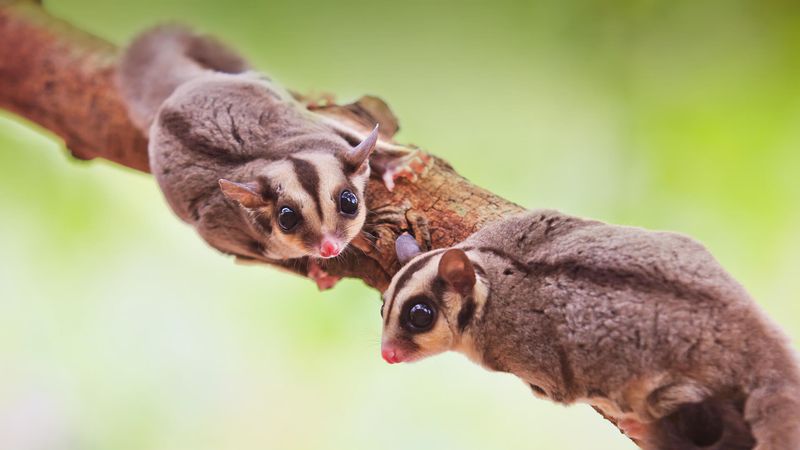
Golden, sap-like acacia gum forms a cornerstone of wild sugar gliders’ diets. This natural tree secretion provides complex carbohydrates and essential minerals that support digestive health.
Commercial gum arabic supplements can substitute for wild sources. Mix a small amount into their food or nectar mixture twice weekly. The sticky texture satisfies their natural foraging instincts while delivering slow-release energy.
5. Scrambled Eggs

Fluffy scrambled eggs provide exceptional protein that sugar gliders absolutely adore. Their bodies efficiently utilize the complete amino acid profile found in eggs for growth and tissue repair. Prepare without salt, butter, or seasonings.
A teaspoon-sized portion once or twice weekly supplies balanced nutrition without excess fat. Cool completely before serving to prevent mouth burns from this protein-rich treat.
6. Yogurt Drops
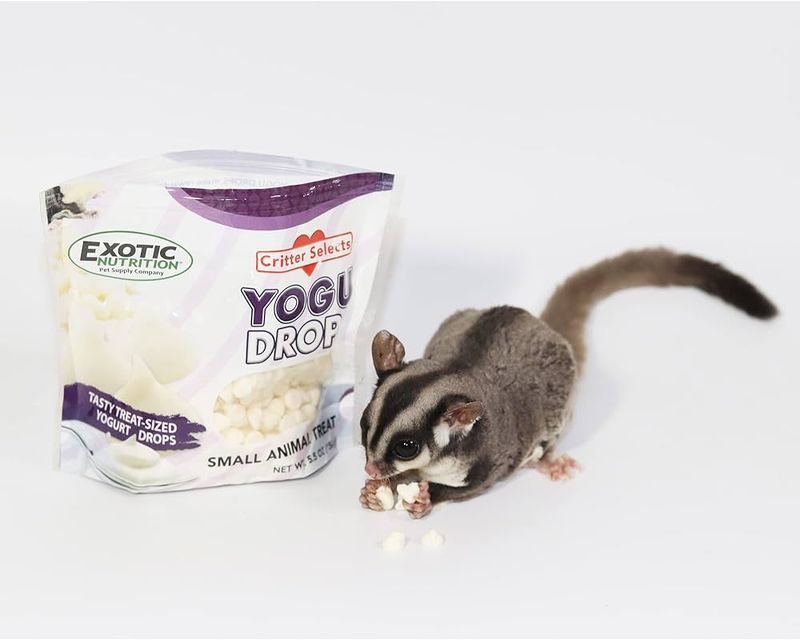
Creamy yogurt drops serve as both enrichment and nutrition for captive sugar gliders. The calcium content supports bone development, while probiotics promote healthy gut flora.
Plain, unsweetened varieties work best—avoid artificial sweeteners completely. Offer sparingly as occasional treats rather than dietary staples. One small drop per feeding session prevents calcium-phosphorus imbalances that could lead to metabolic bone disease.
7. Honey Treats
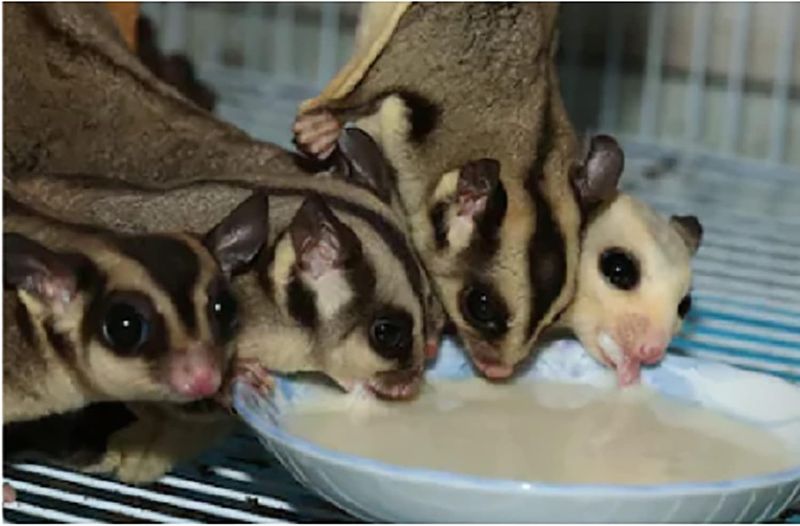
Golden honey mimics the natural nectar sugar gliders seek in the wild. Its antibacterial properties may even support immune function when consumed in moderation.
Never feed raw honey to young gliders due to botulism risks. Dilute a drop in warm water for safer consumption, creating a nectar-like consistency. Limit to occasional treats—excessive sugar can lead to obesity and dental problems in these tiny marsupials.
8. Leafy Greens
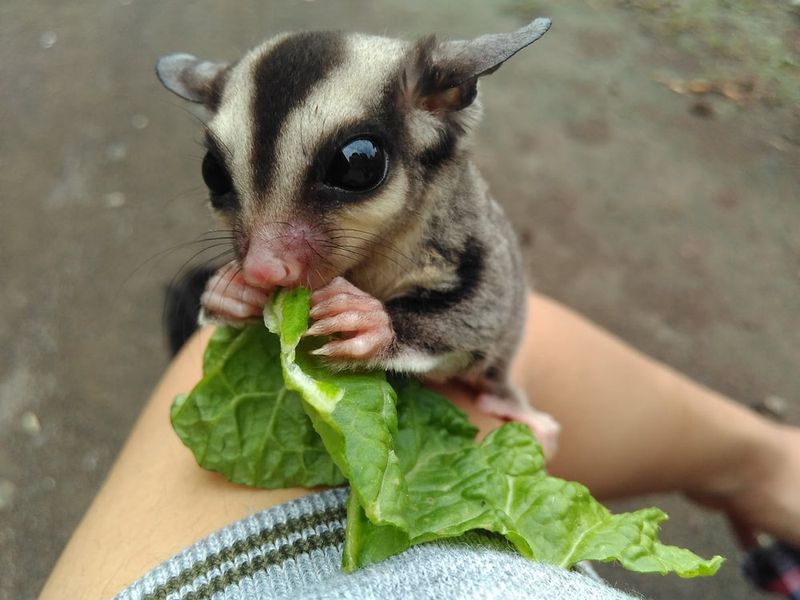
Vibrant kale, spinach, and collard greens deliver powerful antioxidants and vitamins that boost overall health.
The fibrous texture also promotes dental health through natural chewing. Chop finely to prevent choking hazards. Introduce gradually as some gliders need time to accept these earthy flavors. Rotate between different green varieties to ensure a broad spectrum of nutrients and prevent food boredom.
9. Crickets
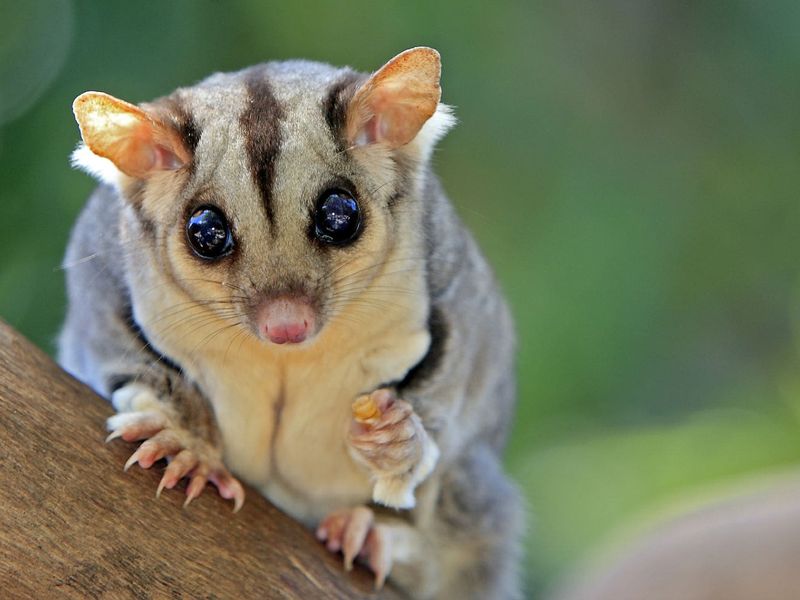
Jumping crickets trigger sugar gliders’ natural hunting instincts while delivering exceptional nutrition. The chitin exoskeleton provides indigestible fiber that supports healthy digestion.
Gut-load crickets with nutritious foods before feeding to maximize their nutritional value. Live crickets offer mental stimulation through hunting, though frozen-thawed varieties work well too. Dust occasionally with calcium powder to balance the phosphorus content.
10. Sweet Corn
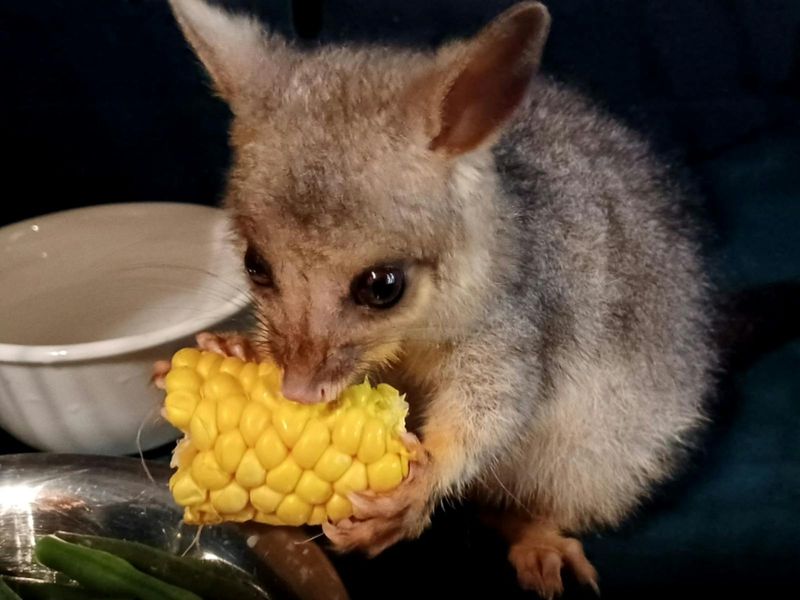
Juicy corn kernels burst with natural sweetness that sugar gliders find irresistible. The yellow vegetable provides complex carbohydrates for sustained energy throughout their active nighttime hours.
Fresh or frozen corn works equally well—avoid canned varieties with added salt. Cut kernels from the cob and serve at room temperature. The natural sugars satisfy their sweet cravings while providing more nutritional value than empty-calorie treats.
11. Blueberries
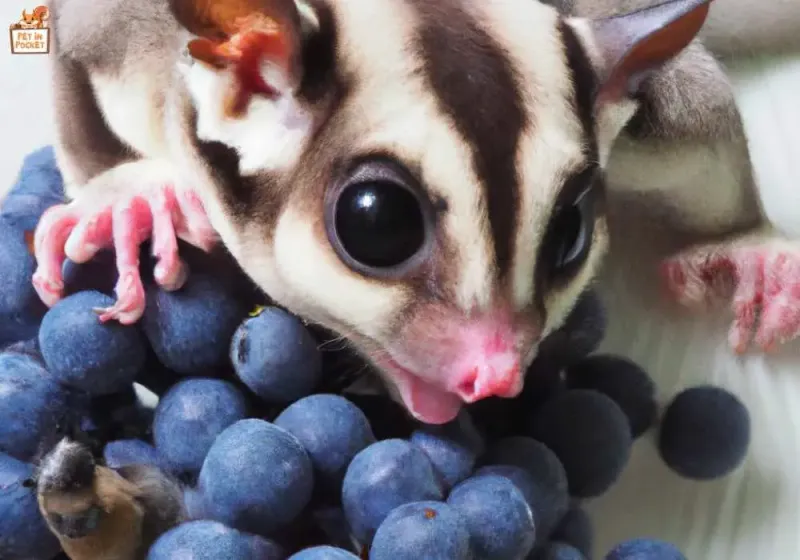
Antioxidant-rich blueberries rank among the most nutritionally dense fruits for sugar gliders. These tiny berries pack powerful flavonoids that support cellular health and may reduce inflammation. Their naturally small size requires minimal preparation—simply rinse thoroughly before serving.
The deep purple juice might temporarily stain their fur or habitat, but the nutritional benefits outweigh this minor inconvenience. Fresh or frozen work equally well.
12. Boiled Chicken
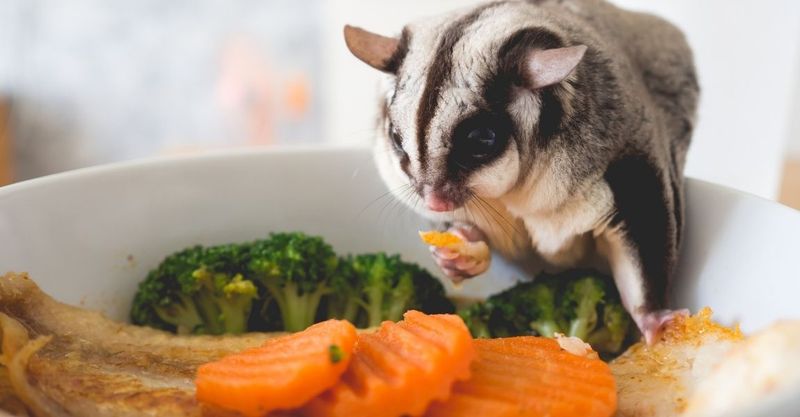
Tender boiled chicken provides lean protein that supports muscle development without excess fat. Sugar gliders typically show immediate interest in this savory addition to their diet.
Shred finely to prevent choking and ensure easy digestion. Avoid seasonings, skin, or bones completely. A pea-sized portion twice weekly sufficiently supplements their protein needs without overloading their system with animal protein.
13. Papaya Chunks

Tropical papaya delivers digestive enzymes that help sugar gliders process their varied diet more efficiently.
The vibrant orange flesh contains papain, which aids protein breakdown and absorption. Remove all seeds before serving as they can pose choking hazards. The soft texture makes papaya particularly appealing to older gliders with dental sensitivity. Rich in vitamin C, this fruit supports immune function during seasonal changes.
14. Pollen Supplements

Golden bee pollen granules mimic an important wild food source for sugar gliders. These protein-rich particles contain nearly all essential amino acids in a naturally concentrated form.
Sprinkle a few granules over fresh foods to enhance nutritional value. The distinctive flavor often entices picky eaters to try new foods. Start with minimal amounts to prevent potential allergic reactions, gradually increasing as tolerance develops.
15. Mango Pieces

Aromatic mango pieces drive sugar gliders wild with their tropical fragrance and flavor. The bright orange flesh provides beta-carotene that supports vision health in these nocturnal creatures.
Serve firm, ripe pieces rather than overly soft fruit to prevent messy feeding. Remove all skin and the large pit before offering. The natural sugars provide quick energy for their active lifestyle while delivering beneficial vitamins and minerals.
16. Cooked Sweet Potato
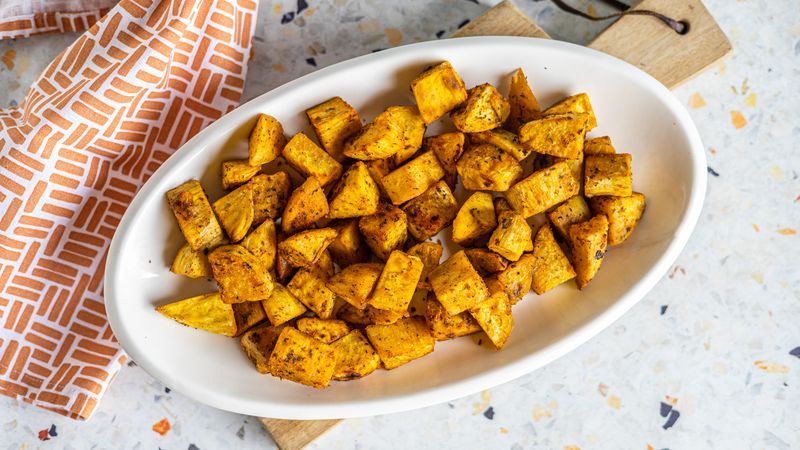
Orange sweet potato offers exceptional nutrition that supports sugar gliders’ overall health. Rich in beta-carotene and complex carbohydrates, this root vegetable provides sustained energy. Bake or steam until soft, then cool completely before serving small, pea-sized portions.
The natural sweetness appeals to their palate while delivering more nutritional value than fruit. Avoid butter, salt, or seasonings that could upset their sensitive digestive systems.
17. Waxworms
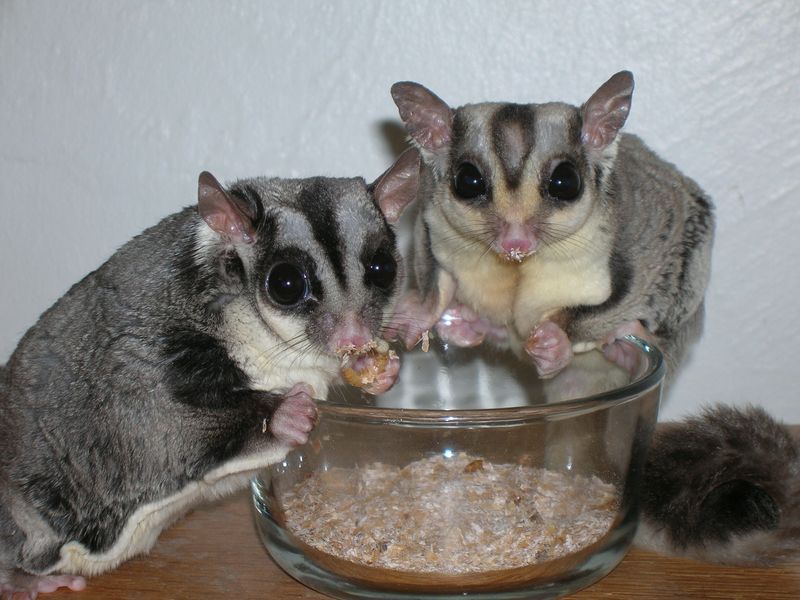
Fatty waxworms serve as high-energy treats that sugar gliders absolutely crave. These soft-bodied larvae provide concentrated calories that support weight maintenance, especially during colder months.
Limit to occasional treats due to their high fat content. One or two waxworms weekly provides sufficient enrichment without contributing to obesity. Their soft bodies make them particularly easy for young or elderly gliders to consume.
18. Cucumber Slices

Hydrating cucumber slices provide refreshing moisture that supports kidney function in sugar gliders. The high water content helps prevent dehydration, especially in dry environments or during warmer months. Thin, seed-free slices work best for their tiny mouths.
The mild flavor makes cucumber an excellent base for introducing supplements or medications when necessary. Organic varieties prevent pesticide exposure that could harm these sensitive marsupials.
19. Coconut Shreds
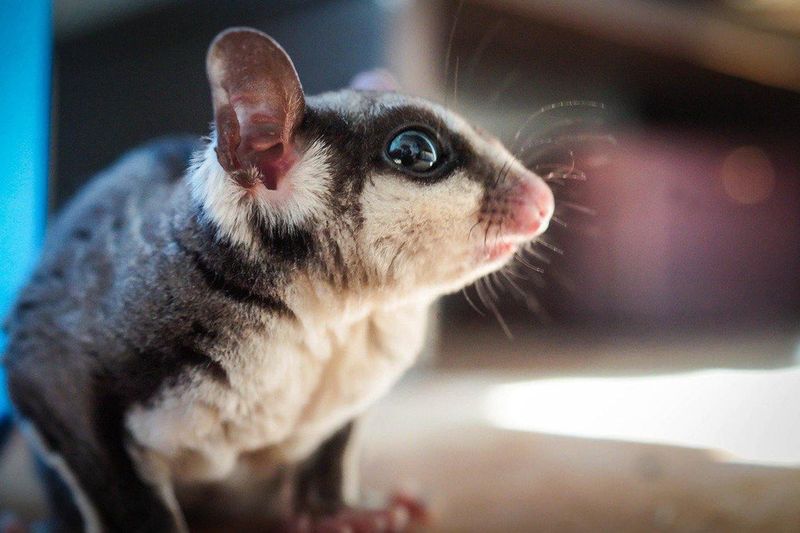
Fibrous coconut shreds provide healthy fats that support coat condition and skin health. The medium-chain triglycerides offer readily available energy for their active metabolism.
Unsweetened varieties work best—avoid artificially flavored or sugared products. The interesting texture encourages natural foraging behaviors as they pick through the shreds. Mix sparingly with other foods rather than serving as a standalone treat.
20. Cooked Quinoa
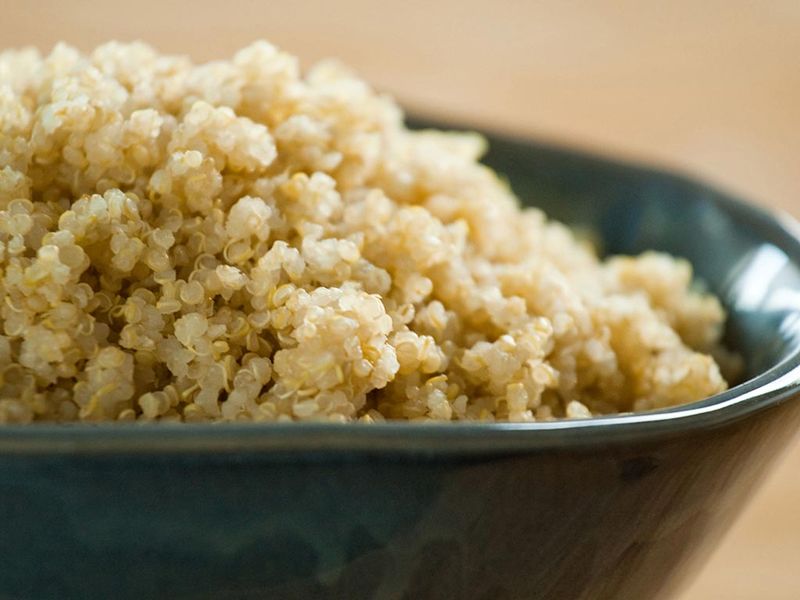
Tiny quinoa grains pack complete plant protein that supports muscle maintenance in sugar gliders. This ancient grain provides all nine essential amino acids in a highly digestible form.
Cook in plain water without salt or seasonings, then cool completely before serving. The small seed size makes quinoa perfect for their tiny mouths. Mix with fruits or vegetables to enhance palatability for picky eaters.
21. Watermelon Bites

Juicy watermelon bites provide hydration and natural sugars that sugar gliders enthusiastically devour. The high water content supports kidney function while satisfying their sweet cravings.
Remove all seeds before serving to prevent choking hazards. The bright red color often attracts immediate interest from even reluctant eaters. Offer in tiny, manageable pieces that prevent excessive mess in their habitat.
22. Green Beans
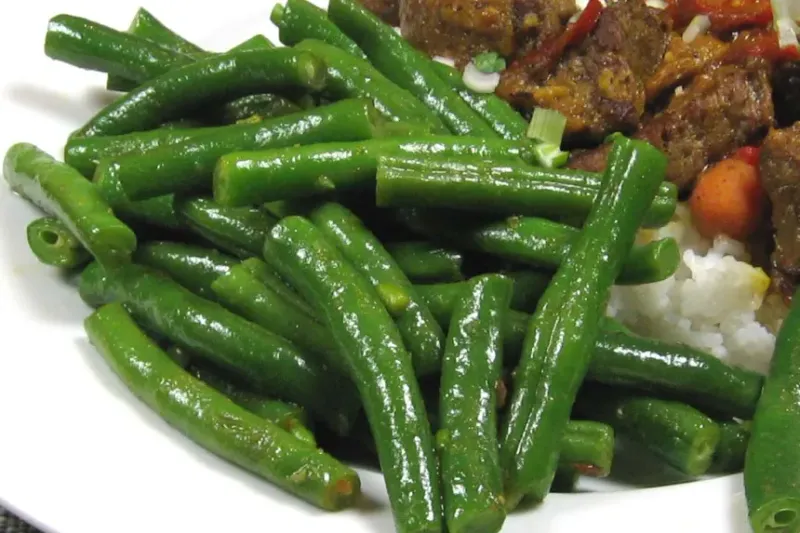
Crunchy green beans deliver fiber and vitamins that support digestive health in sugar gliders. The firm texture provides natural dental cleaning as they gnaw on these vegetable sticks.
Lightly steam to soften while preserving nutrients, then cool completely. Cut into small sections appropriate for their tiny hands. The mild flavor makes green beans an excellent introductory vegetable for gliders transitioning from fruit-heavy diets.
23. Commercial Glider Pellets

Source: Grange Co-op
Balanced commercial pellets provide consistent nutrition that prevents dietary gaps in captive sugar gliders. These specially formulated foods contain precise vitamin and mineral ratios tailored to their unique needs. High-quality pellets should form the foundation of their diet.
Look for products specifically designed for sugar gliders rather than general small animal food. Moisten with water if needed to enhance palatability for picky eaters.


